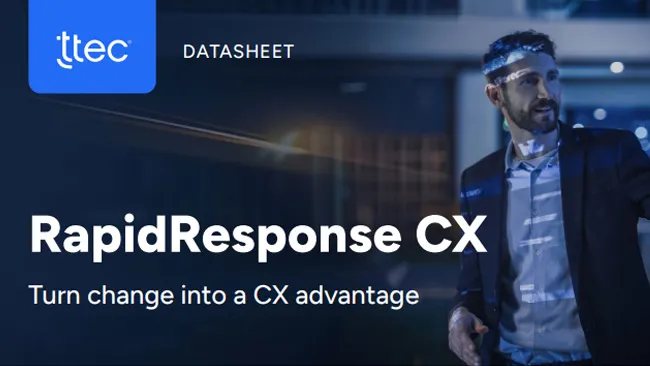Did you know that improving your customer experience (CX) by just one point can lead to more than $1 billion in additional revenue? It can be an easy game to play, but you need to know how to play it and you need the right players involved.
To craft a winning player experience strategy, you need to first understand who’s playing your games and why. You’ve got to know what your players want, what frustrates them, and what delights them. Your player experience (and marketing) strategy need to center around the way they think, interact, and want to play.
With the proliferation of games on the Internet, apps, and interactive systems, the gaming community is growing – both in size and diversity. It can be tough to get a good handle on who’s playing your games and who you want to engage with. That’s why it’s so important to understand who your ideal gamer is. It can be the difference between creating a successful support environment and getting lost in the shuffle.
Gamer demographics are evolving, especially as more people discovered (or fell back in love with) gaming during the pandemic. According to apptamin:
- 50% of mobile gamers in the United States are women
- 43% of established mobile gamers are 45 or older
- 39% of recent adopters are 34 or younger
- 36% of established gamers play 1-5 times per week
5 motivations driving gamers
Given these trends, gaming brands need a deep understanding of their ideal customers.
Unfortunately, there isn’t a one-size-fits-all approach that will work. Here are the top five gamer motivations that brands need to incorporate into their player experience strategies, according to gaming motivation researchers Daniel Kaufmann and Quantic Foundry.
1. Advancement. These gamers are attracted to advancing in every way possible, which means they want to unlock new content, progress to new levels, and acquire new items. They want to watch the game open around them and reveal their sense of accomplishment. Competition is a key driver for them, and they want to test their skills against other players until they feel that they have achieved top ranking.
2. Social motivation. These gamers are most focused on who they are playing with in the games. They want games to provide a foundation where they can connect with friends and meet new people. They are attracted to the idea of teamwork and working together to achieve a common goal, like beating a new level.
3. Immersion. These gamers like the idea of escapism. They want to get lost in another world that is centered around fantasy and a deep story line. These players develop attachments to the characters they are playing and have an emotional investment in the plot of the game.
4. Power. These gamers want to feel powerful; they want to execute a level of dominance that they don’t have in real life. They’re drawn to games that begin with the players being weak and then offer opportunities for them to develop through level-ups and weapons upgrade. At their core, these players want constant growth, like that found in World of Warcraft or League of Legends.
5. Discovery. These players are interested in the unknowns and want to test the rules of the game to define what they can and can’t do. This isn’t just about exploring the world; it’s about finding new possibilities or hidden treasures or experimenting with different boundaries. A few examples of this type of game are Fallout, The Legend of Zelda, and Call of Duty.
Let these motivations guide your CX
When you understand who your gamers are and what’s driving them, you can create a fail-safe CX strategy that will keep players coming back for more. Maybe you need to offer more self-service options within your omnichannel support, so players can solve issues on quickly on their own, for instance.
Once you have these insights, use them to inform your CX. Make sure your associates are well-trained in the channels players prefer, and reward the associates who make the best use of those channels. Also make sure your associates have all the information they need to facilitate quick resolutions at their fingertips, by investing in knowledge management and workforce optimization.
Taking the time to dive into gamer motivations can help improve your player experience and grow your brand. It’s an investment worth making, since focusing on delivering personalized experiences can increase revenue by 15%, according to McKinsey.
This kind of work may seem daunting, as it isn’t any gaming brand’s core competency, but that’s where working with an experienced partner can help. The right CX outsourcing partner can help ensure you’re asking the right questions to get a true sense of who your current and ideal gamers are – and bring together the right mix of people, technology, and strategy you need to level-up your player experience.
















